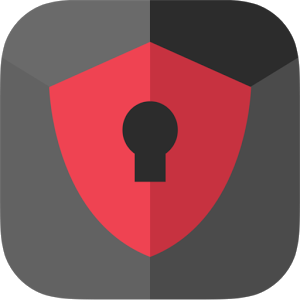HDMI 2.1 brings us closer to 8K and brings better HDR video
Today we have news about the HDMI 2.1, which we have spoken on other occasions because of the new possibilities that it offers, and that will be available from today for all manufacturers. HDMI 2.1 is the standard that the industry needed to start heating up in the face of the emergence of the 8K. The good news is that it will also improve the HDR and the smoothness of the games thanks to the variable refresh rate.The most striking feature of HDMI 2.1, and why it has been most known so far, is its ability to support resolutions of up to 10K. A real barbarity if we take into account that the market is still standardizing the 4K, and that in fact the content available for this resolution, although it is increasingly abundant, is not yet so broad.
However HDMI 2.1 will feature other features perhaps less striking but that can provide significant improvements. In addition to the fact that both the ports and the new cable required will be retrocompatible with the previous HDMI standards. The 4K resolution is practically standardized in the market thanks to the fact that for a few years, TVs with that resolution have coped from the mid-range to the top.
In addition, releases of consoles with 4K or video recording of smartphones encourage their purchase, so the era that leaves behind Full HD is approaching. However, in preparation for what is coming in the next few years, the HDMI Forum has introduced HDMI 2.1, which brings support to 8K video, dynamic HDR and variable refresh rate. The ability to support 4K resolutions at 120 Hz is one of them, or features such as support for dynamic HDR, lower latency or frame-tearing, which make it ideal for use in video games.
What is most surprising is the resolution, since the general public is far away not only from wanting to visualize content in 8K, but also from being able to produce it or having means to reproduce it. HDMI 2.1 is not something that arrives early and badly, but quite the opposite. Thanks to a bandwidth of 48 Gbps, it can support 8K at 60 Hz, unlike when the arrival of the 4K, in which the standard available (HDMI 1.4) was limited to 30 Hz.
In addition, it supports 4K to 120 Hz. Its bandwidth will be 48 GB / s of transfer, and to take advantage of it we will need a new HDMI 48G cable. There is still time ahead for us to start seeing it work on the first devices, which will not arrive until next year. But it is good to know that manufacturers already have it and can begin to make the first tests to take advantage of this new technology.





